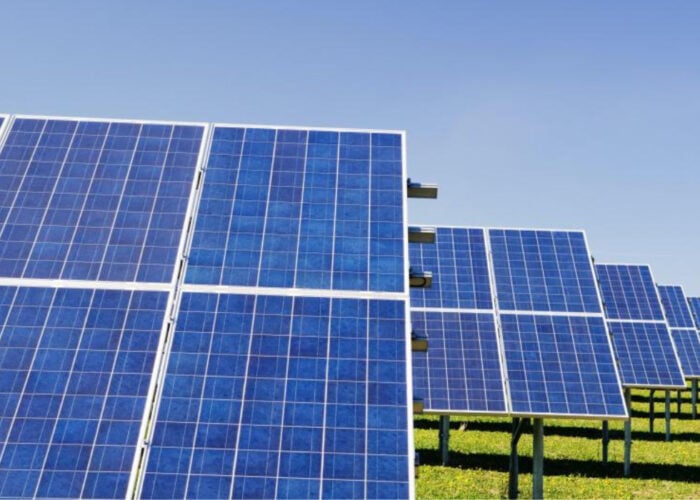
China’s CHN Energy has grid connected the Mengxi Blue Ocean PV Power Plant Project, at 3GW the country’s largest single-site PV power plant.
The project is located in a coal mining subsidence area in Ordos, Inner Mongolia, and covers an area of around 7,0000 hectares. It incorporates more than 5.9 million PV modules and required a total investment of around RMB12 billion (US$1.65 billion).
Unlock unlimited access for 12 whole months of distinctive global analysis
Photovoltaics International is now included.
- Regular insight and analysis of the industry’s biggest developments
- In-depth interviews with the industry’s leading figures
- Unlimited digital access to the PV Tech Power journal catalogue
- Unlimited digital access to the Photovoltaics International journal catalogue
- Access to more than 1,000 technical papers
- Discounts on Solar Media’s portfolio of events, in-person and virtual
According to CHN Energy, annual power generation from the project will reach 5.7 billion kWh, meeting the consumption needs of 2 million households annually. According to the calculation of standard coal consumption of thermal power plants, the project can save 1.71 million tons of standard coal and reduce carbon dioxide emissions by about 4.7 million tons per year, which is equivalent to planting 62,700 hectares of trees.
The project uses steel instead of traditional concrete as the foundation material for the PV trackers. Compared to concrete precast piles, the pile diameter was reduced from 400mm to 100mm, thus significantly reducing the impact on grassland ecosystem.
The project also makes use of new rare earth alloy grounding materials, which has lowered overall costs by 40%, according to CHN Energy.
According to Chuang Xihong, deputy director of the Engineering Construction Department of Guodian Power Group, CHN Energy’s parent company, this project is also the world’s first to propose an “integrated” design for module-tracker connection. The four sides are fastened and connected through the innovatively designed installation groove, and the racks above the purlin are assembled through a plug-in connection method to form an integrated module structure. This connection method uses an assembly robot to install off-site to form an integrated module structure in support of large-scale mechanical operation.
Compared to traditional module structures, this approach reduced the overall cost of the integrated structure by RMB0.01/Wp, improved the installation efficiency by 25% and guarantees installation quality.
Chuang Xihong said the project had been developed according to a model of “power generation on the panel, sheep farming under the panel, rural revitalisation and industrial tourism”. Fine forage and sand-fixing plants are planted under the PV modules, providing grazing for Australian White Sheep and chickens. A composite ecological development model will be established where PV power generation and breeding will go hand in hand.







